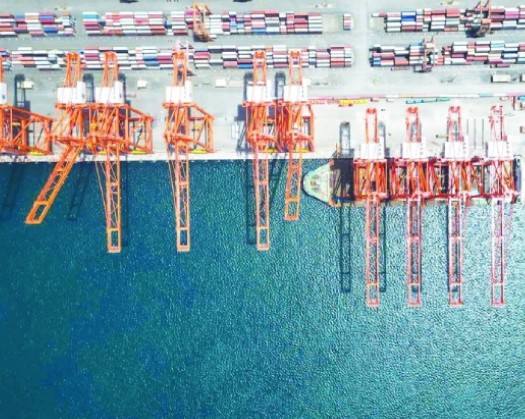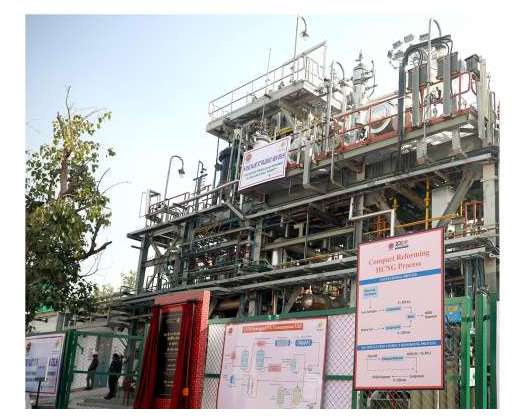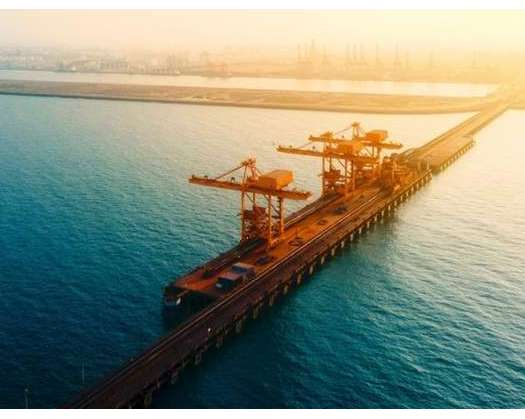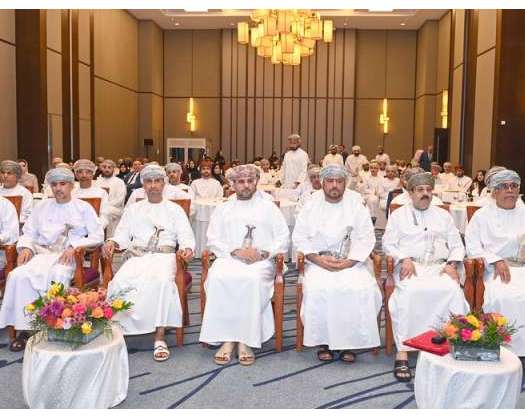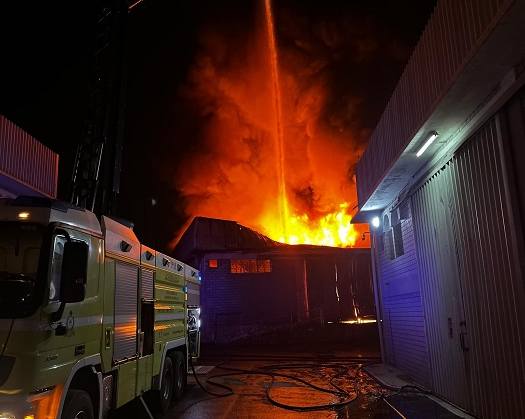With the recent arrival of the final batch of supersized ship-to-shore cranes, the Port of Salalah's expansion plan worth $300 million is progressing as scheduled. By the end of this year, the port will be able to handle an annual container capacity of 6 million TEU, a significant increase from the previous 5 million TEU, according to a press statement released by the port.
Despite the ongoing upgrade works that began last year, the company has managed to maintain its exceptional port stay record for shipping lines. In the recently published 2023 Container Port Performance Index (CPPI) by the World Bank and S&P Global Market Intelligence, the Port of Salalah has retained its position as the second most efficient container port in the world for the third consecutive year.
Scott Selman, the COO of the Port of Salalah, expressed his optimism about the new cranes, stating that they will further reduce port stay time by providing faster access to the top tiers of the ships. Additionally, these cranes will enhance the port's capacity to accommodate the world's largest ships, meeting the demands of their customers and allowing for increased volume handling.
The first batch of four new ship-to-shore cranes, which arrived in February, is currently undergoing operational readiness testing and is expected to contribute to terminal productivity starting from August this year. Two more cranes are currently being commissioned. As a result, the number of cranes at the Port of Salalah will increase from 21 to 27 by the end of the year, with four smaller cranes being decommissioned.
The latest fully electric cranes are some of the largest equipment in the world, establishing new benchmarks in terms of size and efficiency. They have the capability to manage vessels 26 containers deep, with a lifting height of 58 m above the rail and a total hoist height of 77 m (including below rail). With a maximum lifting capacity of 105 tonnes, they are equipped to service the largest Ultra Large Container Vessels currently in operation.
In addition to these cranes, the expansion is supported by 12 hybrid rubber-tyred gantry cranes, two reach stackers, six empty handlers, and 30 terminal trucks and trailers.
Significant infrastructure enhancements have been made to upgrade the Port's existing electricity grid, including a new high-capacity power substation, high-voltage feeder lines, and reinforcement of the Port's original electrical infrastructure constructed in 1998. These improvements will ensure the terminal is prepared for the increased demand resulting from the electrification of equipment.
Benefiting from abundant renewable energy sources, the Sultanate of Oman is progressing rapidly with ambitious plans for hydrogen and renewable electricity in the near future. The Port of Salalah is already investing significantly to achieve net-zero status by 2040, aligning with APM Terminals' industry-leading net-zero goal.
Further developments involve expanding the yard and constructing a new access road. Upgrades to four existing berths to accommodate the new cranes have been completed, with work on the remaining two berths currently underway. This additional capacity will enable the terminal to meet the requirements of the Gemini Cooperation hub, set to begin operations in Q1 2025.

